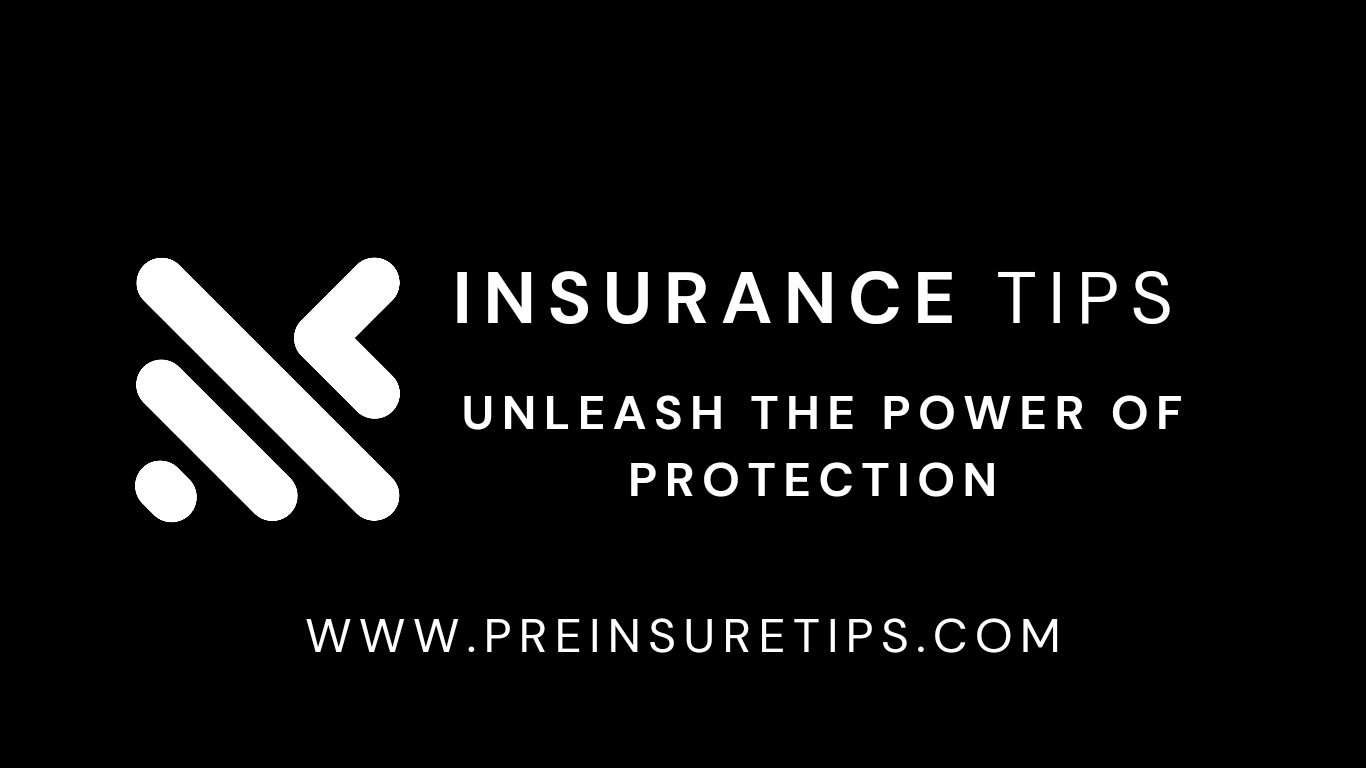Running a successful restaurant involves more than just crafting delectable dishes and providing exceptional service. It requires safeguarding your investment against unforeseen challenges. In this comprehensive guide, we’ll delve into the world of Securing Success A Comprehensive Guide to Restaurant Insurance, exploring its types, factors influencing costs, and crucial considerations for selecting the right coverage.
Types of Restaurant Insurance
A. Property Insurance
Property insurance is the cornerstone of protecting your restaurant’s physical assets. From fire damage to theft and natural disasters, this coverage ensures your establishment is shielded against a variety of risks.
B. Liability Insurance
Liability insurance is paramount in safeguarding your restaurant against third-party injuries. We’ll explore the importance of general liability coverage and how it shields your business from potential legal ramifications.
C. Workers’ Compensation
Employee injuries are a reality in the restaurant industry. Learn about the necessity of workers’ compensation, including legal requirements and its role in supporting your staff.
D. Business Interruption Insurance
Discover the significance of business interruption insurance in maintaining financial stability during unexpected disruptions, ensuring your restaurant can weather the storm.
E. Cyber Liability Insurance
In an age of digital transactions, protecting your restaurant from cyber threats is essential. Unpack the importance of cyber liability insurance and how it fortifies your business against online risks.
Factors Influencing Insurance Costs
A. Location
Dive into the impact of your restaurant’s location on insurance rates. We’ll explore the differences between urban and suburban settings and their corresponding insurance considerations.
B. Size and Type of Restaurant
Size matters when it comes to insurance. Learn about the unique insurance needs of different restaurant types and how tailoring coverage is crucial for comprehensive protection.
C. Safety Measures
Implementing safety measures isn’t just about risk mitigation—it can also reduce insurance premiums. Discover the role of safety protocols and employee training in creating a secure environment.
Choosing the Right Coverage
A. Assessing Individual Needs
One size doesn’t fit all in restaurant insurance. We’ll guide you through assessing your specific risks and tailoring coverage to meet the unique needs of your establishment.
B. Reviewing Policy Limits
Understanding coverage limits is essential to avoid underinsurance pitfalls. Learn how to navigate policy limits and ensure your restaurant is adequately protected.
Claims Process and Documentation
A. Reporting Incidents Promptly
Timely incident reporting is key to a smooth claims process. Explore the importance of reporting incidents promptly and how it streamlines the entire claims process.
B. Documenting Losses
Thorough documentation is crucial for successful claims processing. Discover the necessary documentation and effective record-keeping tips for documenting losses.
Reviewing and Updating Policies
A. Regular Policy Reviews
Policies should evolve with your business. We’ll discuss the importance of regular policy reviews and adapting to changes in the restaurant landscape.
Case Studies
A. Real-life Examples
Explore success stories of restaurants that benefited from comprehensive insurance. Additionally, we’ll delve into lessons learned from unfortunate incidents, offering valuable insights for your establishment.
Conclusion
In conclusion, restaurant insurance is not just a business expense; it’s an investment in the longevity and success of your establishment. By Securing Success A Comprehensive Guide to Restaurant Insurance the types of insurance, factors influencing costs, and the importance of tailored coverage, you can navigate the complexities of the restaurant industry with confidence.
Frequently Asked Questions (FAQs)
- What does property insurance for restaurants typically cover?
- Property insurance typically covers physical assets, including the building and its contents, against risks such as fire, theft, and natural disasters.
- How can restaurant owners reduce liability insurance costs?
- Restaurant owners can reduce liability insurance costs by implementing safety measures, providing staff training, and maintaining a safe environment to minimize the risk of third-party injuries.
- Is cyber liability insurance essential for small restaurants?
- Yes, cyber liability insurance is essential for small restaurants as it protects against cyber threats, data breaches, and other online risks that can impact the business’s reputation and financial stability.
- What steps should be taken after a restaurant incident for a smooth claims process?
- After a restaurant incident, it’s crucial to report the incident promptly and document losses thoroughly. This ensures a smooth claims process, helping the business recover quickly.
- How often should restaurant owners review and update their insurance policies?
- Restaurant owners should conduct regular policy reviews, at least annually, to ensure that their coverage aligns with the evolving needs and circumstances of the business.

